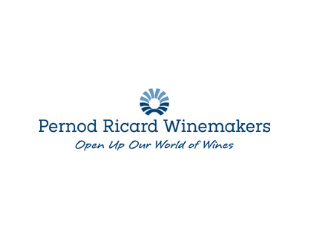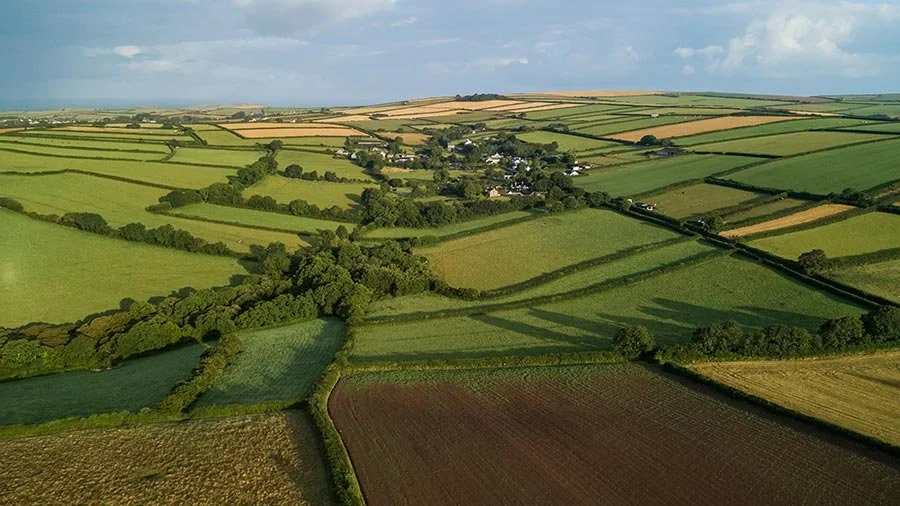Enhancing Resilience and Safeguarding Natural Capital: Biodiversity and Habitat Monitoring
The Challenge
Monitoring biodiversity and habitat health across large, often remote, landscapes presents immense challenges:
Vast Scale & Accessibility: Traditional field surveys are labour-intensive, costly, and cannot cover the vast areas required for comprehensive ecological assessment.
Subtle Changes: Environmental degradation or biodiversity loss can occur gradually, with early warning signs being difficult to detect through infrequent manual observations.
Data Complexity: Integrating diverse ecological data (species presence, habitat condition, land use changes) into a coherent, actionable picture is complex.
Verification & Reporting: Quantifying and verifying biodiversity outcomes for conservation initiatives, sustainability reporting, or emerging nature markets is challenging.
Climate Impacts: Climate change introduces new stressors and rapid shifts in ecosystems, demanding continuous and dynamic monitoring.
Our Solution
Deep Planet leverages cutting-edge Artificial Intelligence (AI) and high-resolution satellite data to provide a continuous, scalable "natural intelligence system" for biodiversity and habitat monitoring. Our proprietary AI models analyse multi-spectral and hyperspectral satellite imagery, detecting subtle changes in vegetation structure, species composition, and ecosystem health that are invisible to the human eye.
We fuse this rich geospatial data with ecological models, historical baselines, and environmental parameters to create a sophisticated predictive and analytical platform. This empowers conservationists, land managers, government agencies, and businesses with precise, actionable intelligence for effective nature stewardship.
Key Capabilities
Automatically map and classify different habitat types (e.g., forests, grasslands) across large areas with high accuracy
Track changes in key vegetation indices, canopy density, and land cover patterns that serve as indicators of biodiversity health and habitat degradation or regeneration
Identify areas experiencing degradation (e.g., deforestation) and monitor the effectiveness of restoration efforts over time
Monitor how habitats are responding to climate stressors (e.g., drought), informing adaptation strategies
Generate verifiable data for environmental impact assessments, sustainability reports, and nature-positive commitments
Benefits
Enhance conservation outcomes by directing resources to critical habitats and monitor the effectiveness of conservation interventions
Unlock nature finance with verifiable data for nature-based solutions, biodiversity credits and carbon sequestration projects
Streamline data collection for environmental compliance and sustainability disclosures
Reduce risk to natural capital, reducing financial liabilities
Improve land stewardship through data driven decisions to promote ecological health across your landholdings




























